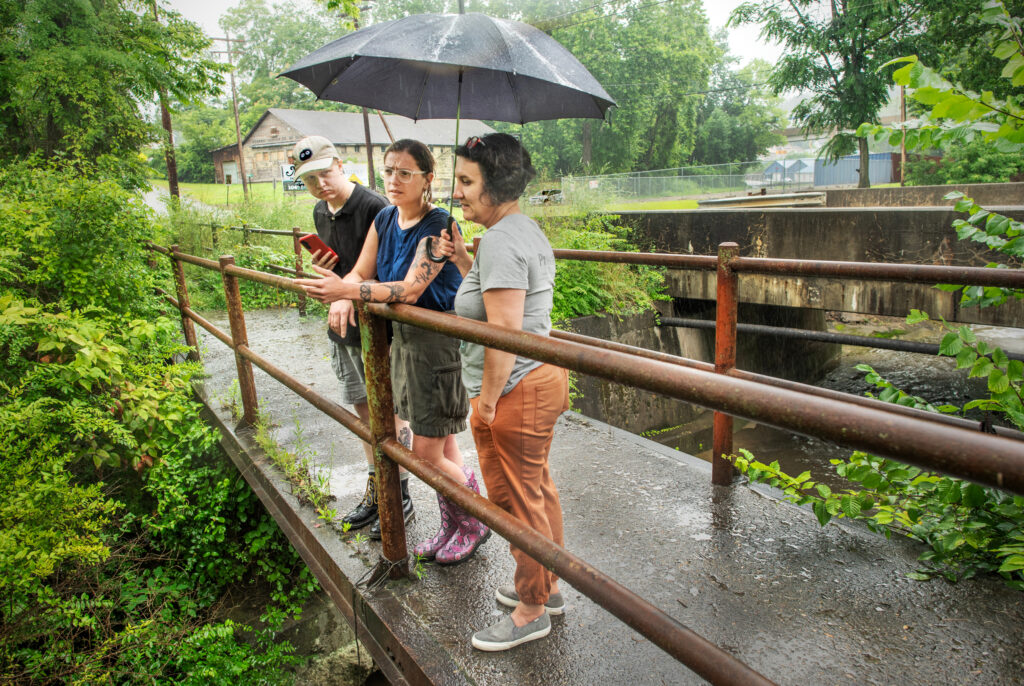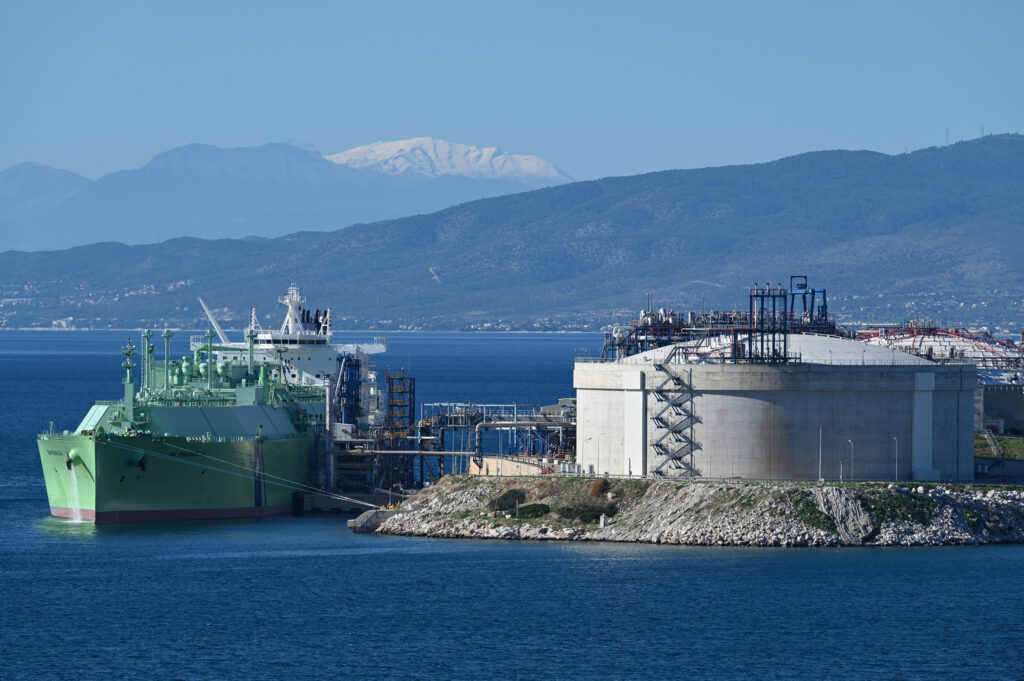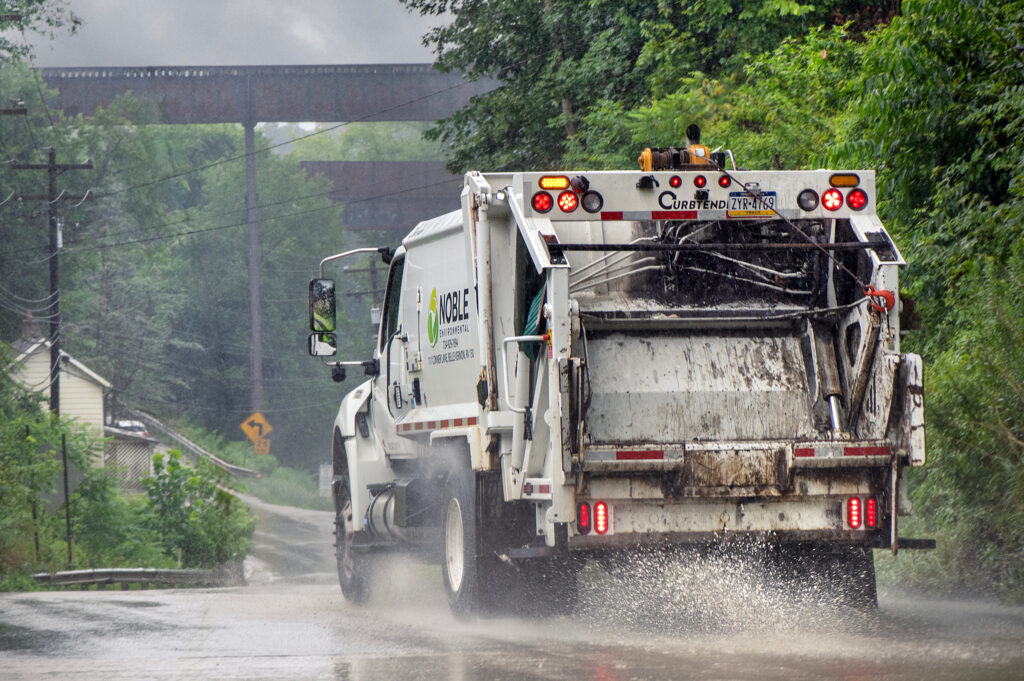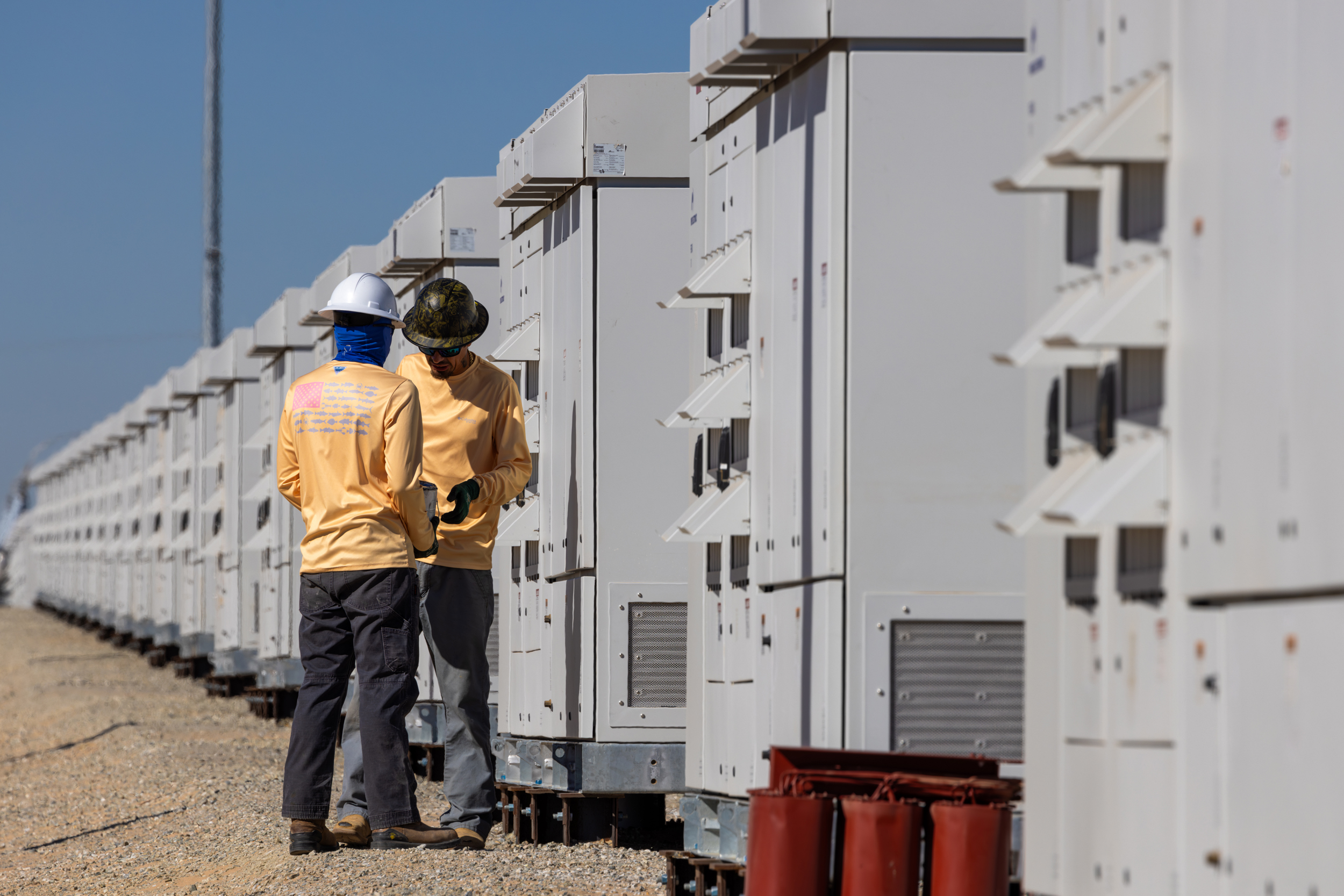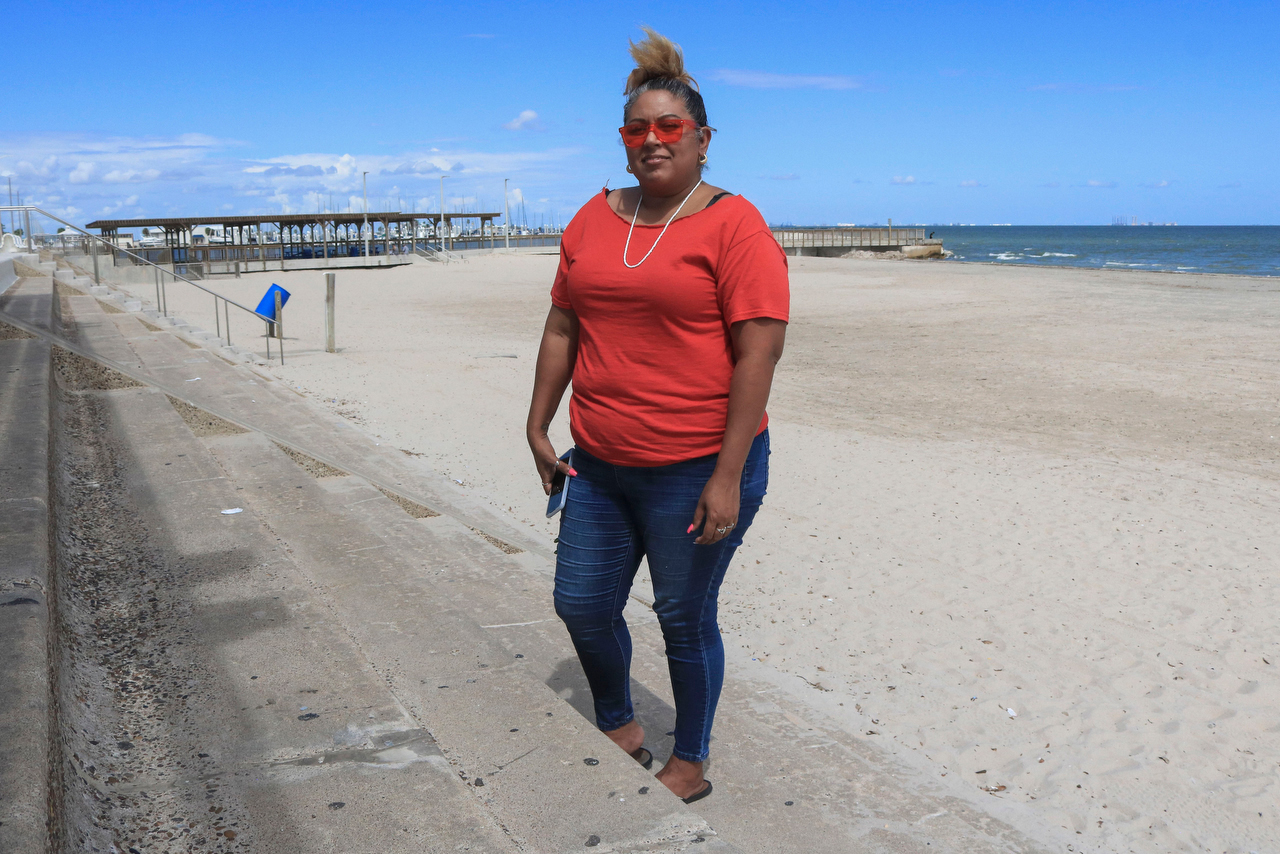A new study published this week in the journal Risk Analysis found that gas leaks are not only hazardous on a local level, but are also “a driver of broader regional pollution dynamics through spillover” to neighboring states.
“Even if the incidents are concentrated in some states, which are characterized by an old infrastructure, the impact could automatically affect other neighboring states, even if in that state, the infrastructure is good,” said Younes Ben Zaied, a professor of finance at the EDC Paris Business School and a co-author of the study.
The study suggests that gas leaks, already known to have significant health impacts and to release the unburned greenhouse gas methane, can also have geographically far-reaching consequences. Methane is 86 times more warming of the atmosphere than carbon dioxide over a 20 year period
Ben Zaied recommends that “states should coordinate their efforts,” ultimately establishing stringent regional, and ultimately national, environmental regulations. He also said that states should expand access to renewable energy sources.
New York state officials seem poised to allow the expansion and construction of gas projects that will push more gas into the city, all while local and state laws are supposed to move the region towards a renewable future. This could have far-reaching implications not just for New Yorkers, but also the regions that surround the city.
New York City has an aging gas infrastructure, the second oldest in the country, which often leaks, according to a 2024 study in the journal Energy Policy. In 2018, 22,090 gas leak incidents occurred in the city—the most of any city across the United States, the study found. To compare, Chicago, the city with the most leaks after New York, experienced 5,032 gas leaks—less than a quarter of the Big Apple’s total.
Emissions from natural gas leaks can result in secondary organic aerosols, the study says, which help form fine particulate matter, or PM2.5—one of the most harmful pollutants that has health impacts like childhood asthma, cancer, cardiovascular and respiratory diseases, and premature mortality. According to city data, long-term exposure to the pollutant contributes to an estimated 2,000 excess deaths a year, or 1 in 25 deaths.
These gas leaks are often caused by old pipes in the system—an issue that residents are often on the hook for. Last year, customers of National Grid, the main gas utility in Brooklyn and Queens, saw an increase in their monthly bills—the utility said it needed to hike rates in order to pay for a whopping $5 billion in gas infrastructure upgrades.
These included additions to the Greenpoint Energy Center, one of the state’s largest natural gas facilities, and the replacement of “leak-prone” pipes—many environmentalists question the necessity of these changes, particularly as the city’s buildings are mandated by law to make efforts to electrify.
Weaknesses in gas infrastructure also disproportionately impact low-income residents and communities of color, according to a 2024 study. Through an examination of city and census data, sociologists at City College of New York determined that gas infrastructure is most frequently failing in segregated neighborhoods that are already overburdened with the effects of decades of environmental harm and disinvestment in infrastructure.
“The distribution of gas leaks that then cause very lengthy gas shut-offs—for good reasons—are burdening the same types of communities that already have high levels of pollution and already have inadequate housing infrastructure,” said Dr. Yana Kucheva, a co-author of the 2024 study.
National Grid has faced scrutiny in the past for its eagerness to expand gas infrastructure in the state. In 2019, a standoff between the utility and state officials about a rejected pipeline proposal led to a moratorium on gas hookups, and a threat from then-Gov. Andrew Cuomo to suspend National Grid’s licence to operate in Southern New York.
Company executives now believe that the formerly rejected pipeline could be revived under the Trump Administration, which has shown support for the expansion of gas infrastructure.
New York governor Kathy Hochul recently approved the expansion of the Iroquois gas pipeline, which runs from Canada all the way down to New York City. The expansion will increase capacity at two compressor stations—facilities that help move natural gas through pipelines. The exhaust from combustion within these facilities emits pollutants like fine particulate matter and its components.
As a result of the 2019 standoff, National Grid was mandated to write up a long-term plan for its operations that would include more clean energy initiatives. National Grid filed the final plan in March but made a request to amend it this past Monday to incorporate a potential new pipeline—the same pipeline that caused the standoff.
This pipeline, the Northeast Supply Enhancement (NESE) pipeline, was slated to run from New Jersey into New York City, and was previously rejected due to water quality concerns. In May, Secretary of the Interior Doug Burgum tweeted that Governor Hochul said she “would move forward on critical pipeline capacity.” This came just after a large offshore wind project was allowed to resume construction that had been halted when the Trump administration issued a stop work order.
Within a couple weeks, the entity responsible for the NESE pipeline, Williams Companies, decided to restart efforts to get it off the ground.
“We’re ready to organize and get the band back together,” said Kim Fraczek, the executive director of Sane Energy, a community nonprofit who fought the pipeline the first time around.
In the past, utilities like National Grid have argued that the city and state need to expand gas infrastructure in order to reduce gas bills. New Yorkers pay some of the highest gas bills in the country, partially because of limited means to deliver gas to the state. But environmentalists and local residents argue that expanding this gas infrastructure flies in the face of the state’s hard-won Climate Act.
Gas leaks can happen at many different stages in the delivery process, including in homes or in large underground pipelines. The continued buildout of gas infrastructure in states like New York could mean more opportunities for spillover effects into other states, as well as worsening health impacts at the local level.
“We find it to be really revealing that [National Grid is] willing to move mountains, to accept more gas so they can build more infrastructure, but when we ask them to do a plan for retirement of gas and energy efficiency, they always tell us that it’s years off,” said Fraczek. “It just shows that they’re not acting in good faith.”
About This Story
Perhaps you noticed: This story, like all the news we publish, is free to read. That’s because Inside Climate News is a 501c3 nonprofit organization. We do not charge a subscription fee, lock our news behind a paywall, or clutter our website with ads. We make our news on climate and the environment freely available to you and anyone who wants it.
That’s not all. We also share our news for free with scores of other media organizations around the country. Many of them can’t afford to do environmental journalism of their own. We’ve built bureaus from coast to coast to report local stories, collaborate with local newsrooms and co-publish articles so that this vital work is shared as widely as possible.
Two of us launched ICN in 2007. Six years later we earned a Pulitzer Prize for National Reporting, and now we run the oldest and largest dedicated climate newsroom in the nation. We tell the story in all its complexity. We hold polluters accountable. We expose environmental injustice. We debunk misinformation. We scrutinize solutions and inspire action.
Donations from readers like you fund every aspect of what we do. If you don’t already, will you support our ongoing work, our reporting on the biggest crisis facing our planet, and help us reach even more readers in more places?
Please take a moment to make a tax-deductible donation. Every one of them makes a difference.
Thank you,





